Tradition and Modernity: Navigating Tokyo's Historic and Contemporary Architecture

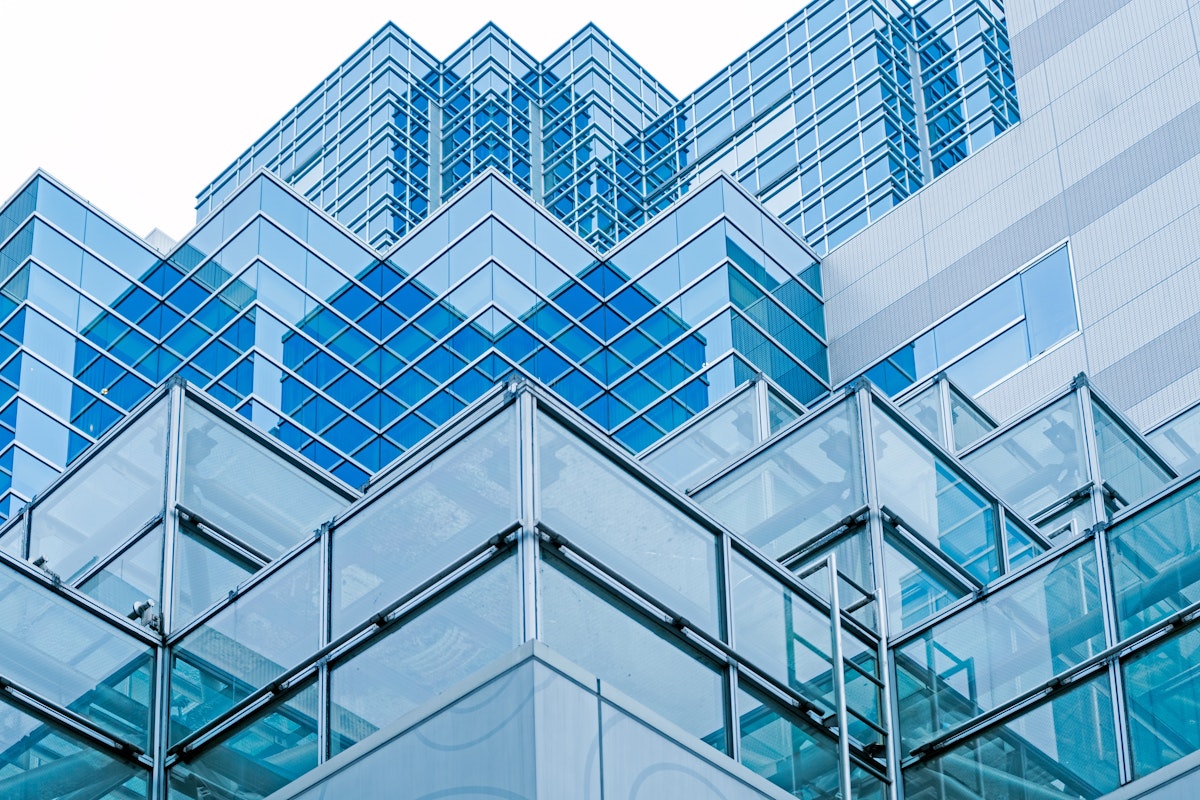
Tokyo isn’t just a city—it’s a living museum of design, where centuries-old temples stand side by side with futuristic skyscrapers. For architecture lovers, design students, photographers, or curious travelers, exploring Tokyo through its buildings offers a deeper understanding of the city's culture, creativity, and evolution.
In this curated guide, you'll discover 16 unique architectural landmarks that showcase Tokyo’s remarkable blend of tradition and innovation. From minimalist masterpieces by Japan’s most renowned architects to ornate temples that echo the city’s spiritual roots, each building tells its own story.
Whether you're planning your first visit or looking to experience Tokyo from a new perspective, this guide will help you navigate the city’s architectural highlights—with location details, design insights, and travel tips along the way.
16 Unique Architecture in Tokyo
1. SunnyHills Cake Shop

Location: Minami-Aoyama, Minato
Built: 2013
The SunnyHills cake shop in Minami-Aoyama is a prime example of modern Japanese architecture, designed by leading architect Kengo Kuma. The building stands out for its intricate wooden lattice exterior mimics traditional Japanese baskets.
This feature also enables the building to utilize natural light extensively, creating a warm and inviting interior space. Overall, the SunnyHills cake shop represents how contemporary architecture can harmoniously blend with cultural traditions.
2. TOD'S Omotesando Building
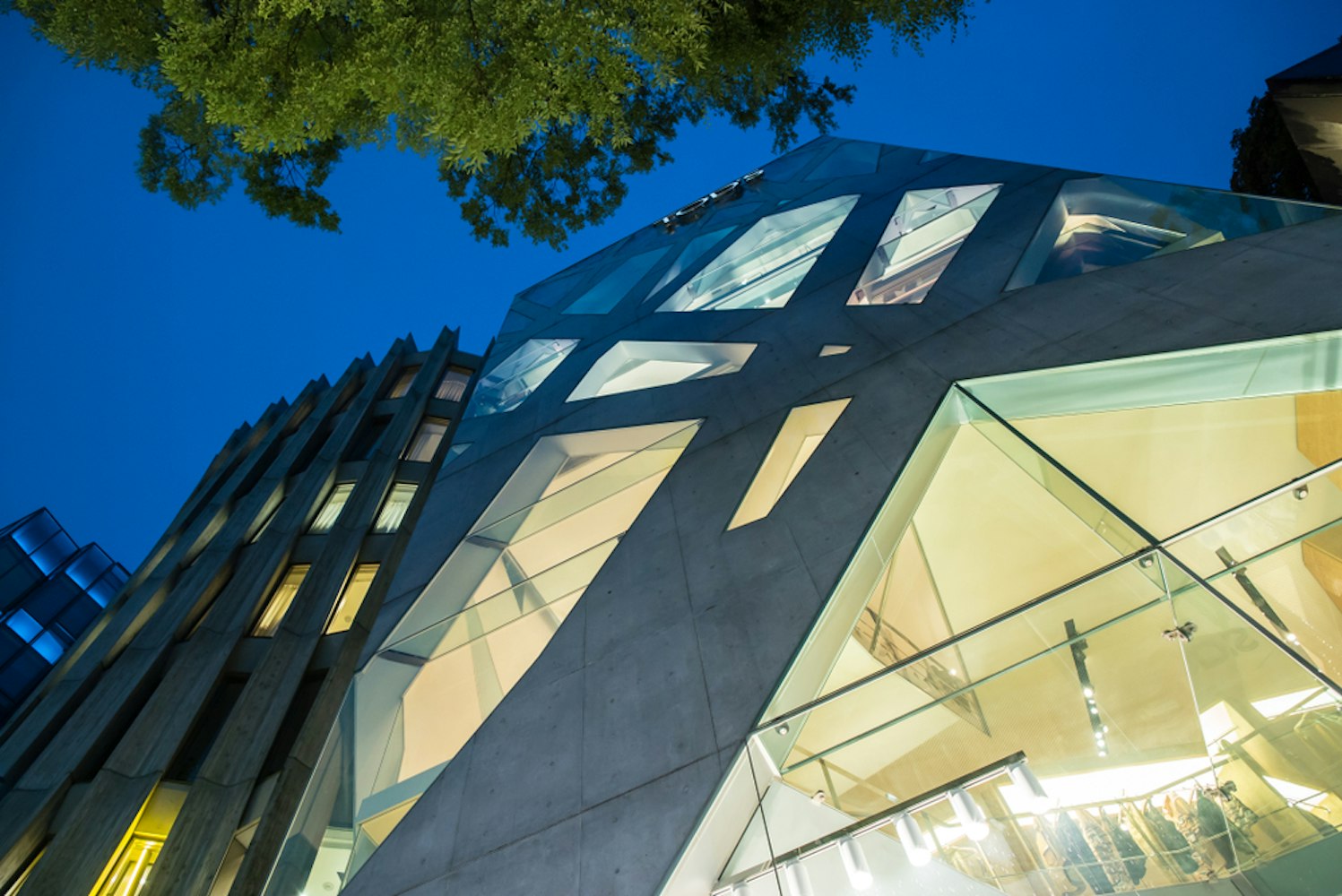
Location: Shibuya-ku
Built: 2004
The TOD's Omotesando Building is a marvel in contemporary architecture, located in the upscale district of Shibuya-ku in Tokyo. Designed by renowned architect Toyo Ito, the building mimics the organic forms of trees with its concrete and glass facade, blending nature with urban life.
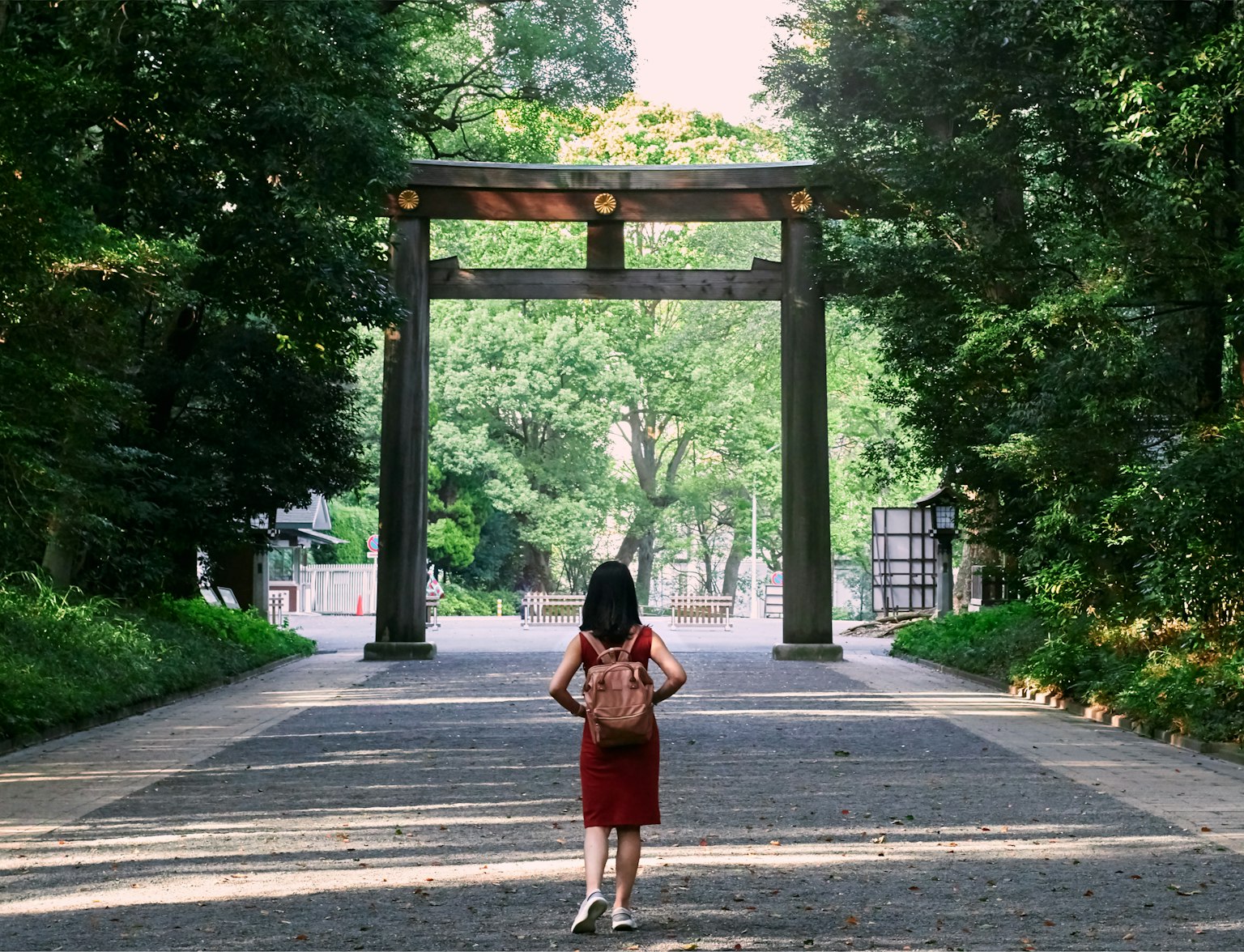
See TOD's Omotesando Building while indulging in luxury shopping along the streets of Shibuya.
This innovative design approach sets new standards in modern architecture. Built in 2004, the building serves as a high-end retail space and is a striking visual spectacle amidst Tokyo's bustling streets, capturing the essence of the city's architectural innovation.
It is easily accessible and a must-see landmark for architecture enthusiasts.
3. Prada Store
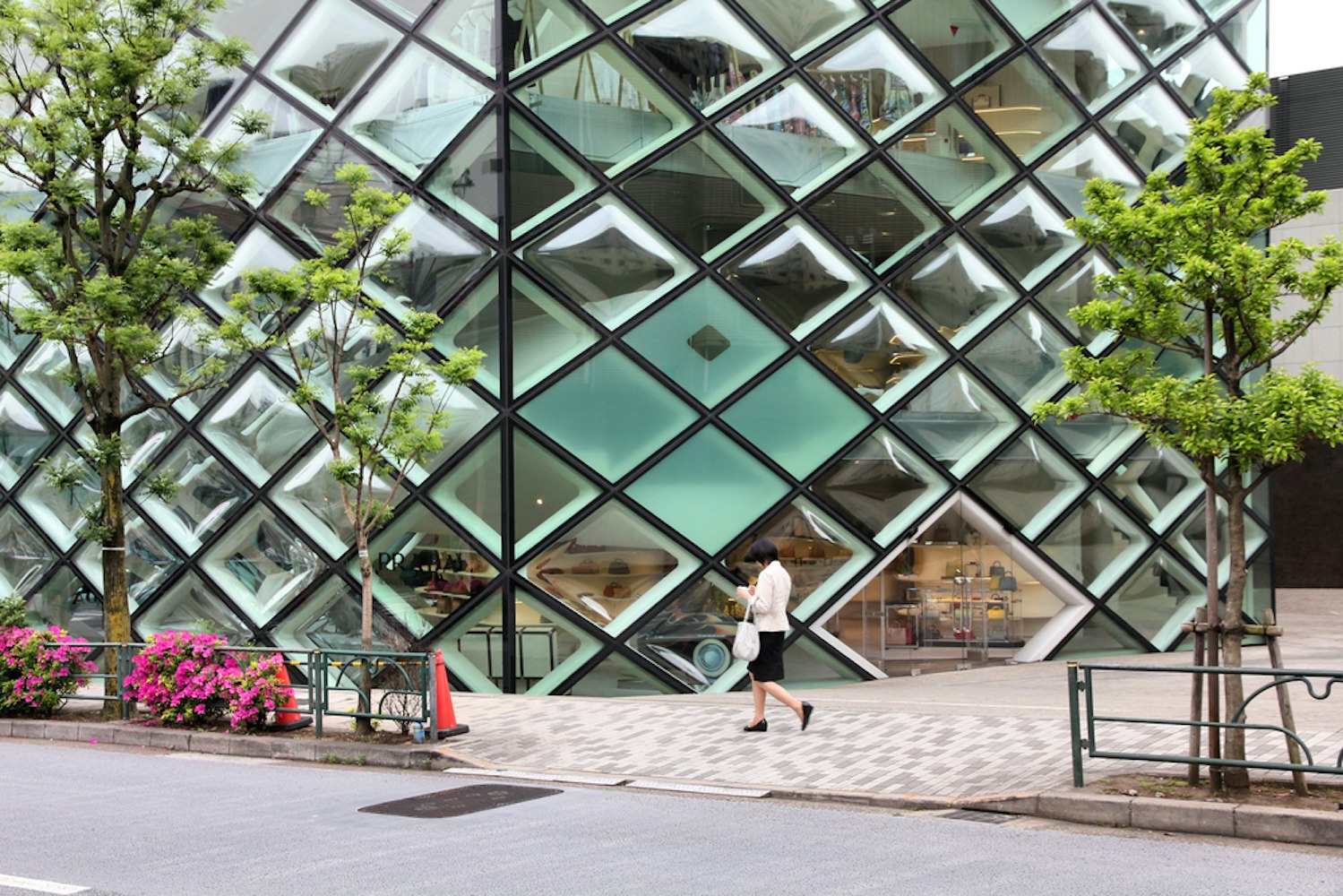
Location: Minami-Aoyama
Built: 2003
The Prada Store in Tokyo, located in Minami-Aoyama, is an architectural marvel designed by Herzog & de Meuron. Built in 2003, this building is a striking example of contemporary architecture.
Its unique crystalline structure is not just visually arresting but also serves a functional purpose, creating various interior spaces. The glass facade allows natural light to filter in, providing an ever-changing atmosphere inside the store.
The design serves as a captivating blend of art and utility, making it a must-visit for both fashion and architecture enthusiasts in Tokyo.
4. Tokyo International Forum
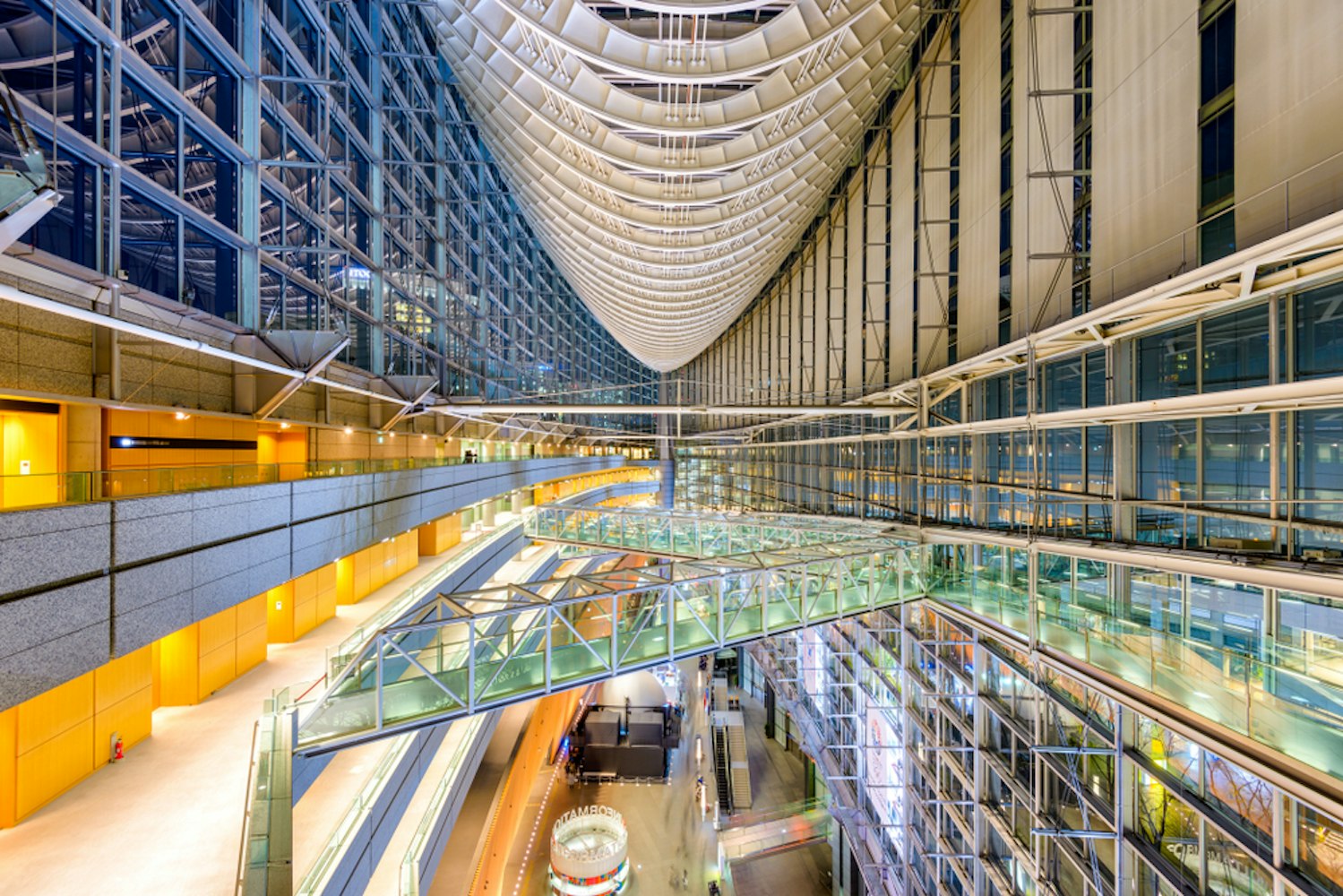
Location: Marunouchi, Chiyoda
Built: 1996
The Tokyo International Forum, located in Marunouchi, Chiyoda, is a multi-purpose exhibition center built in 1996. Designed by leading architect Rafael Viñoly, the structure is renowned for its innovative use of glass and steel, offering a contemporary twist on public spaces.
It features multiple conference rooms and serves as a hub for cultural events in the city. The architecture makes effective use of space, blending functionality and aesthetic appeal.
It is a testament to Tokyo's modern architectural prowess and is easily accessible to tourists and locals.
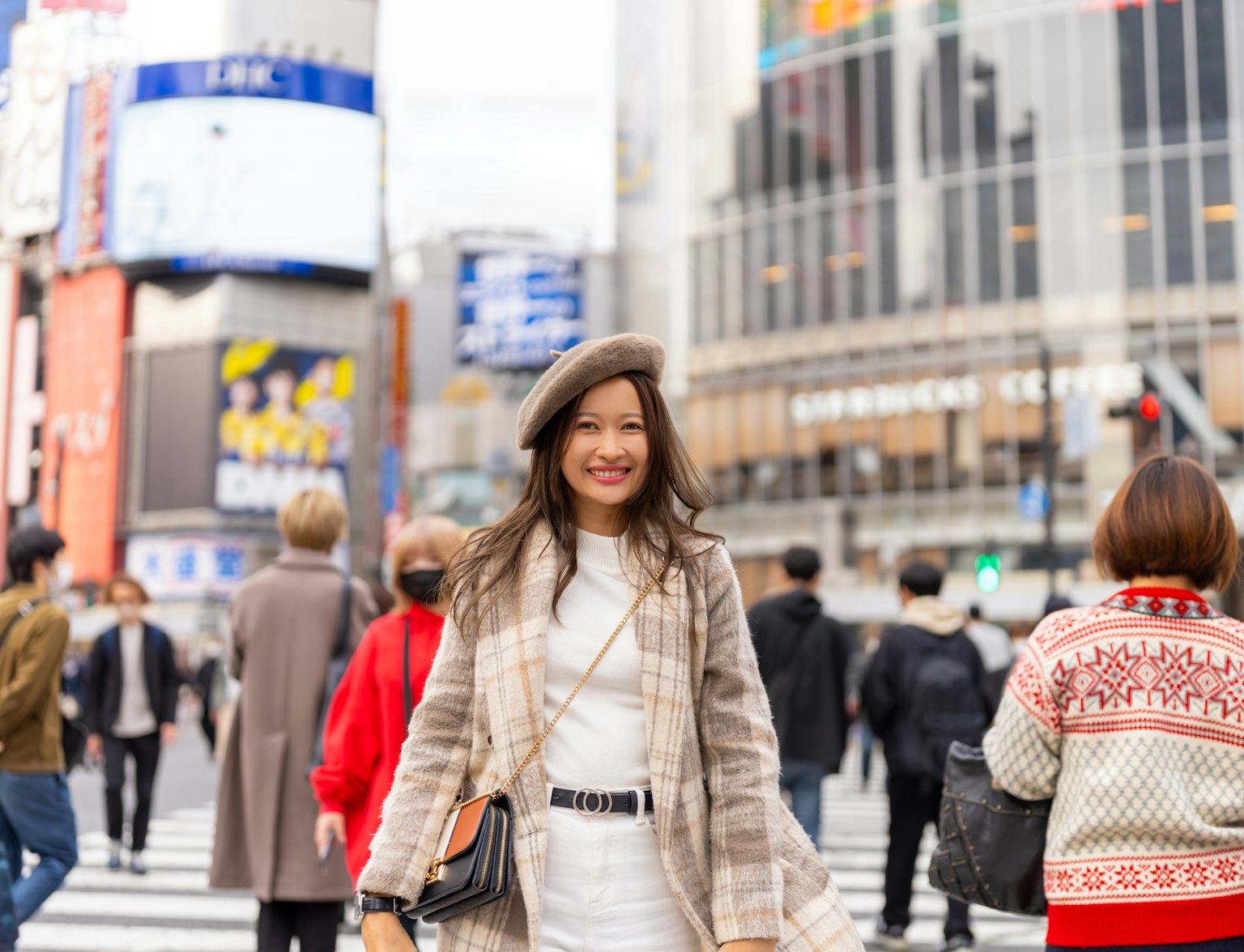
Visit Tokyo International Forum with this tour.
5. Harajuku Church
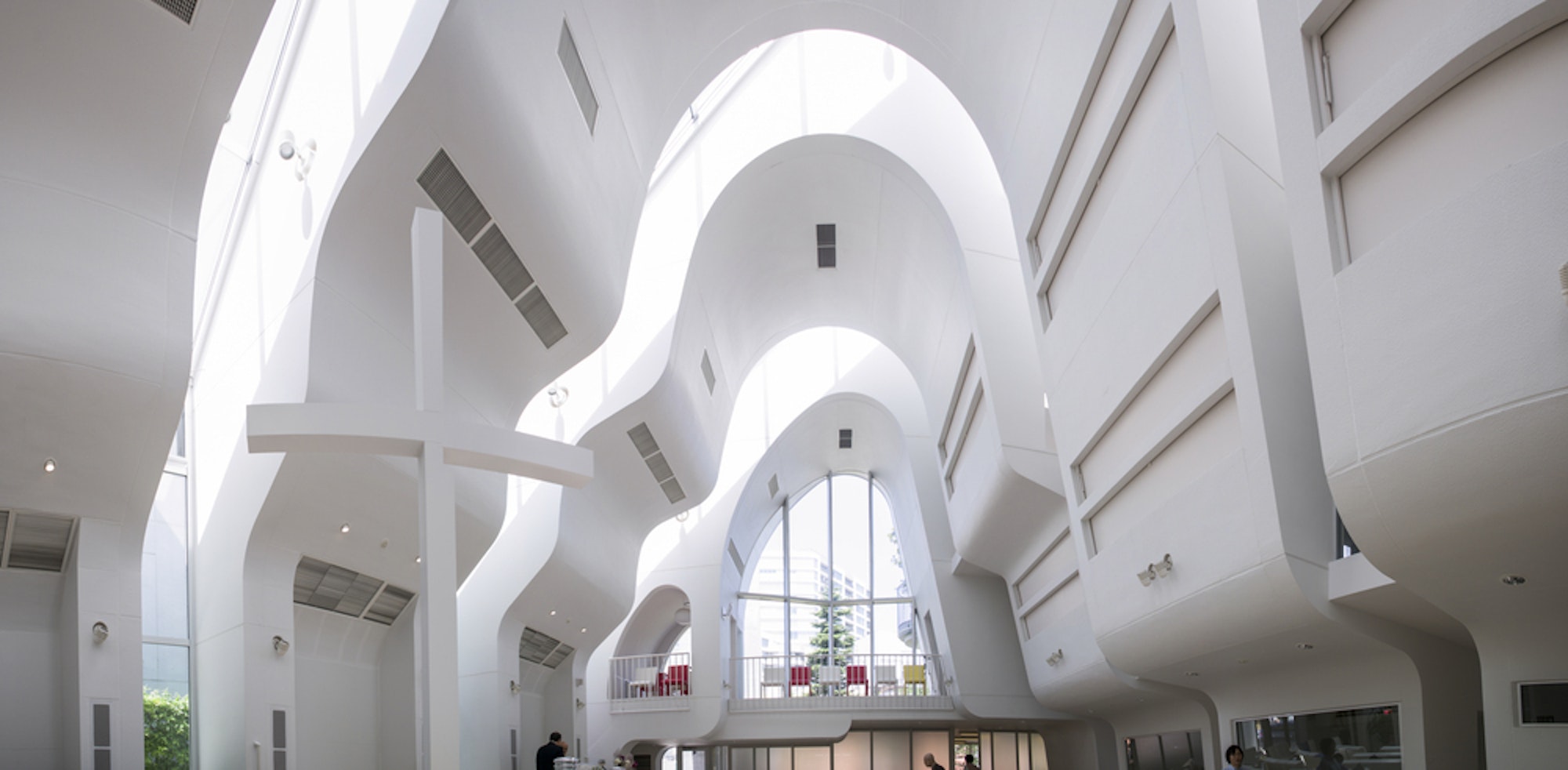
Location: Shibuya-ku
Built: 2005
Harajuku Church, located in Shibuya-ku, Tokyo, is an architectural marvel designed by Ciel Rouge. Built in 2005, the church offers a tranquil oasis amid the bustling city.
Its minimalist design is complemented by the effective use of natural light, illuminating the interior spaces in a serene glow. This modern sanctuary is a testament to Tokyo's contemporary architecture scene, blending spirituality with cutting-edge design elements.
The church showcases how simplicity and elegance coexist, making it a must-visit for architecture enthusiasts and spiritual seekers alike.
6. Nakagin Capsule Tower

Location: Ginza, Chuo
Built: 1972
Nakagin Capsule Tower, located in the Ginza district of Tokyo, is an iconic example of Japanese Metabolism architecture. Built in 1972 by leading architect Kisho Kurokawa, the tower comprises 140 prefabricated capsules designed as individual living spaces.
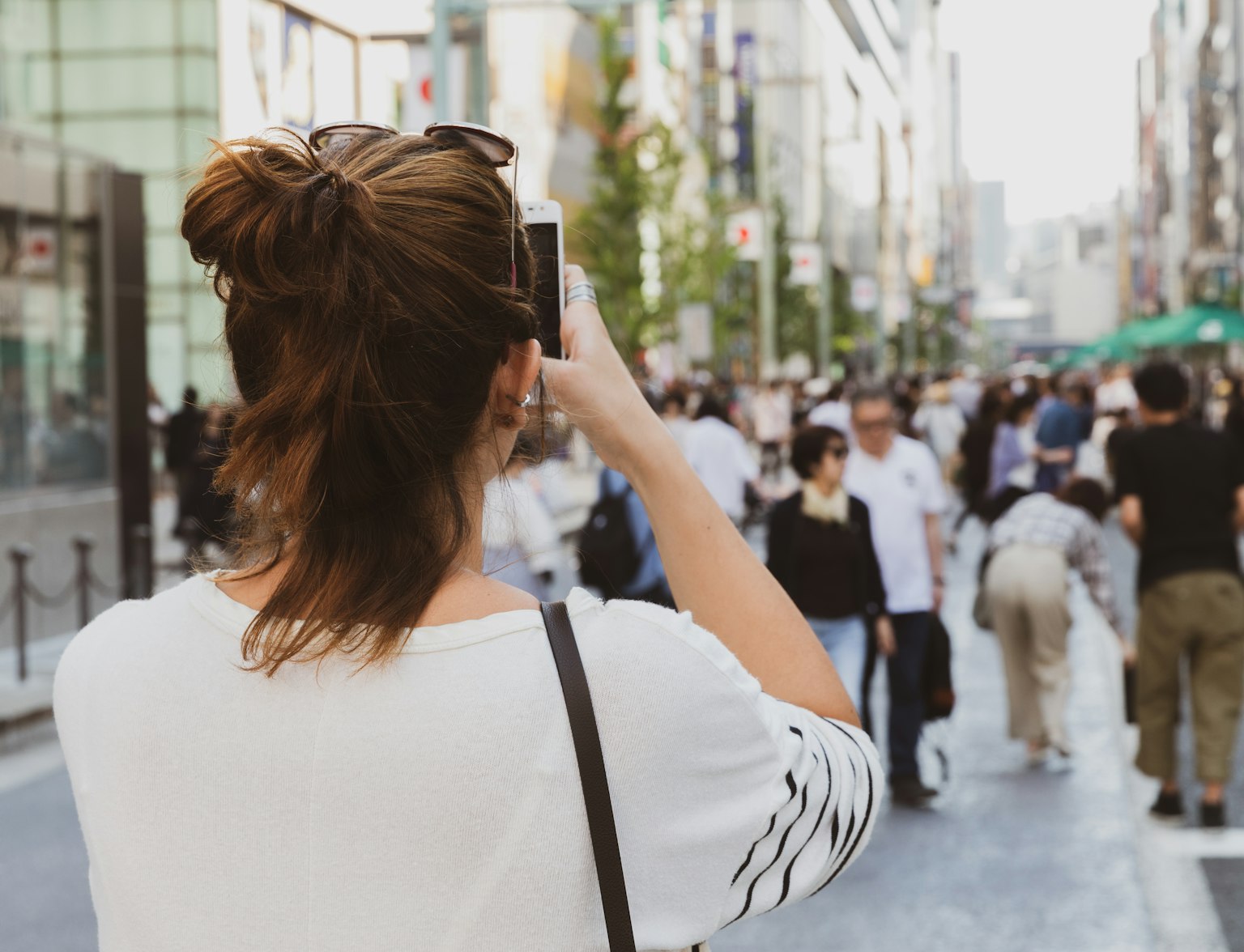
Visit Ginza, including this architectural marvel, with a private car.
Each capsule can be attached or detached, embodying a futuristic vision for urban planning. However, the building has fallen into disrepair, and its future is uncertain.
Despite this, it remains a significant architectural landmark, showcasing a moment in time when Japan was imagining new directions in design and urban living.
7. The National Art Center
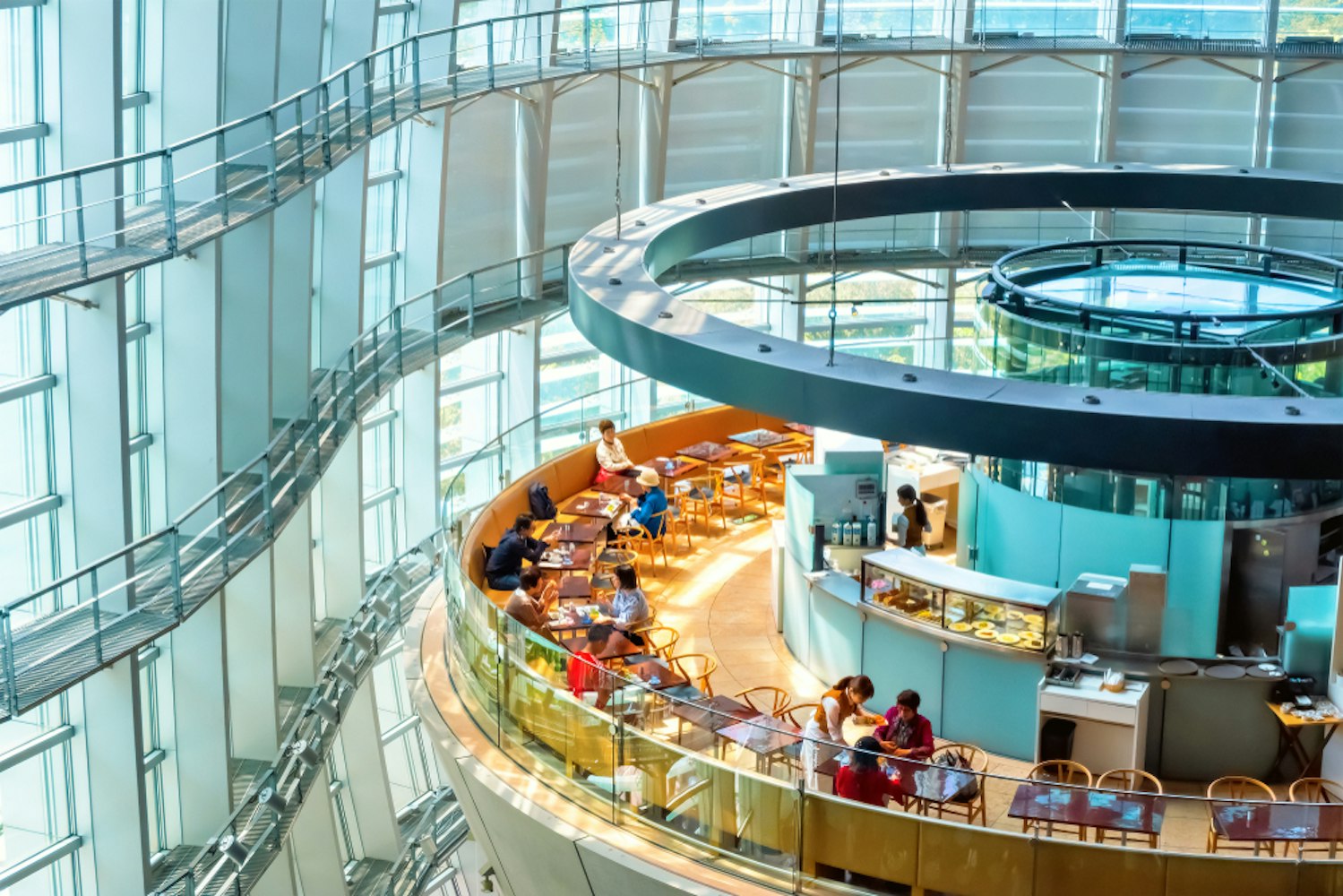
Location: Roppongi, Minato
Built: 2007
The National Art Center in Tokyo, located in Roppongi, Minato, is a unique museum that doesn't have a permanent collection. Designed by Kisho Kurokawa and built in 2007, the museum is a masterpiece of contemporary architecture, featuring flowing interior spaces and innovative use of natural light.
It specializes in Western art and offers rotating exhibitions, allowing it to showcase new works continually. Its distinct architectural design focuses on fluidity and openness, inviting visitors to explore the dynamic relationship between art and space.
The center is easily accessible and a must-visit for art and architecture enthusiasts.
8. Louis Vuitton Matsuya Ginza Facade Renewal
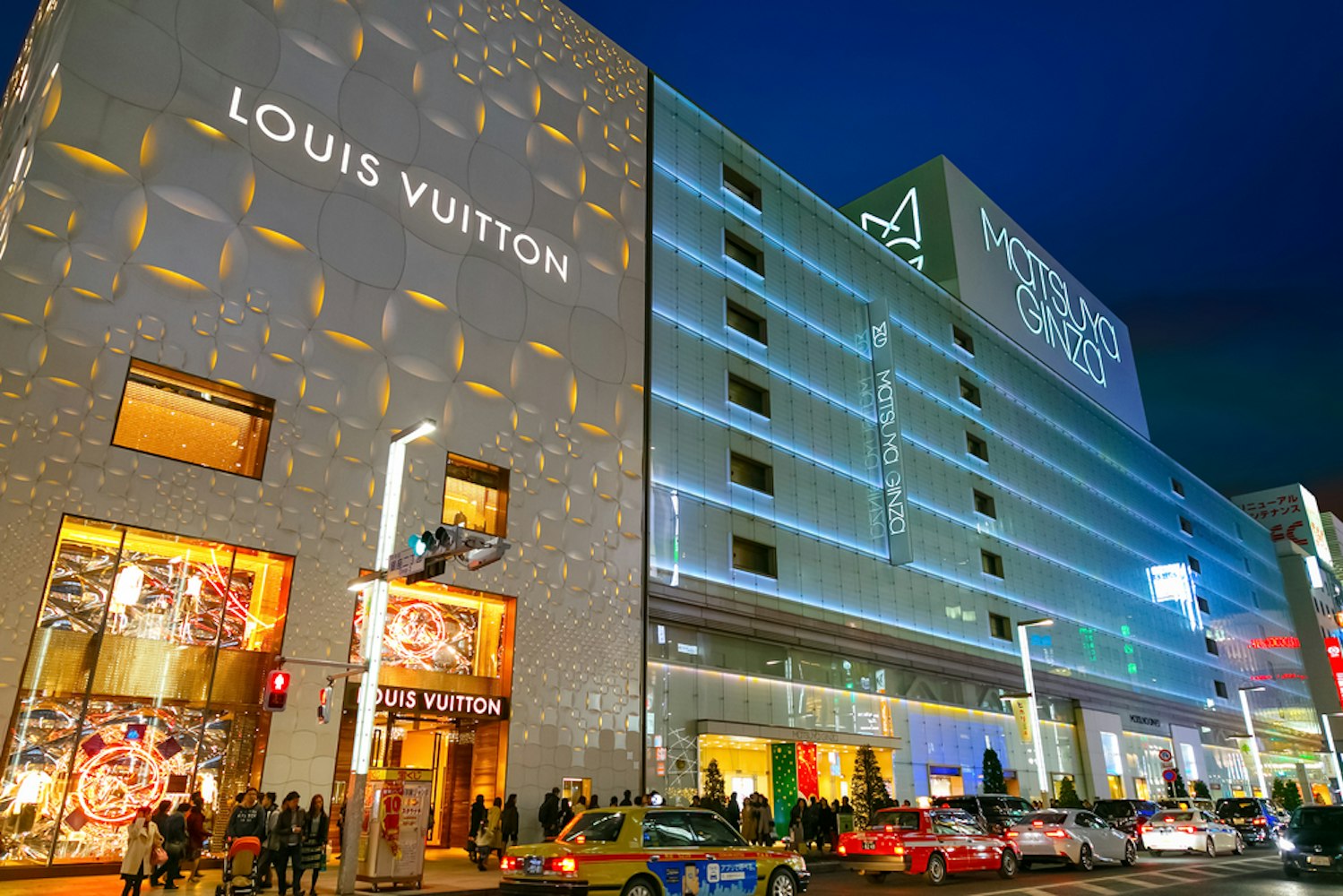
Location: Ginza, Chuo
Built: Renewed in 2014
The Louis Vuitton Matsuya Ginza Facade Renewal in Tokyo is an architectural marvel that seamlessly blends contemporary design with luxury retail experience. Located in the upscale district of Ginza, the facade underwent a renewal in 2014 and was transformed into an artwork by Jun Aoki.
The striking facade serves as a bridge between traditional and modern elements, representing the evolving face of contemporary architecture in Tokyo. Its innovative design not only enhances the store's visual appeal but also elevates the overall ambiance of this busy shopping district.
9. Tokyo Tower
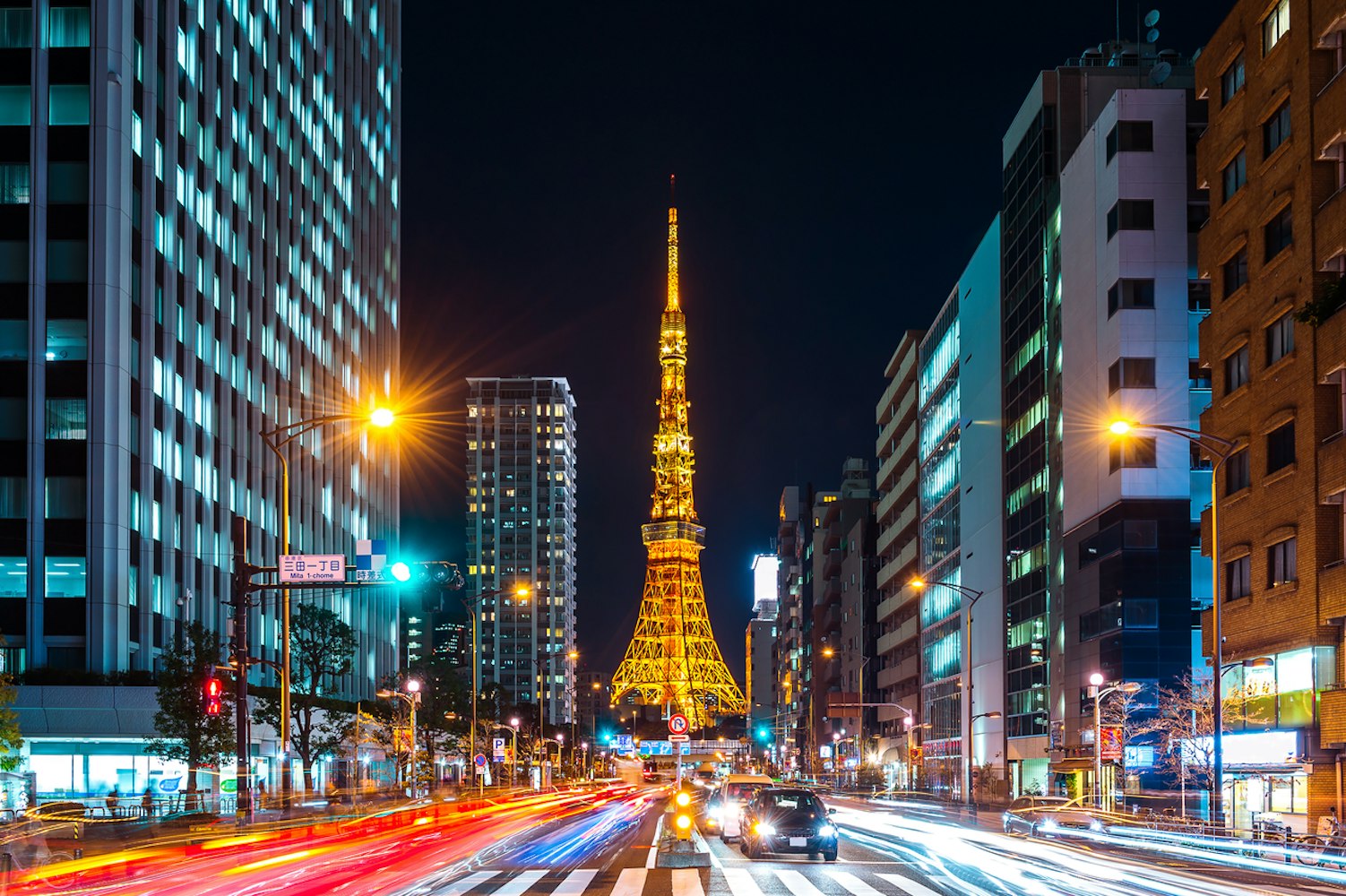
Location: Minato
Built: 1958
Tokyo Tower, located in Minato, is one of Japan's most iconic landmarks. Built in 1958 and inspired by the Eiffel Tower, it is a broadcasting antenna and a tourist attraction.
Standing at 333 meters, it was once the tallest structure in Tokyo. The tower offers panoramic city views and is beautifully illuminated at night.
Its architecture symbolizes post-World War II reconstruction and modernity, making it a must-see destination for anyone interested in Japanese history and architecture.
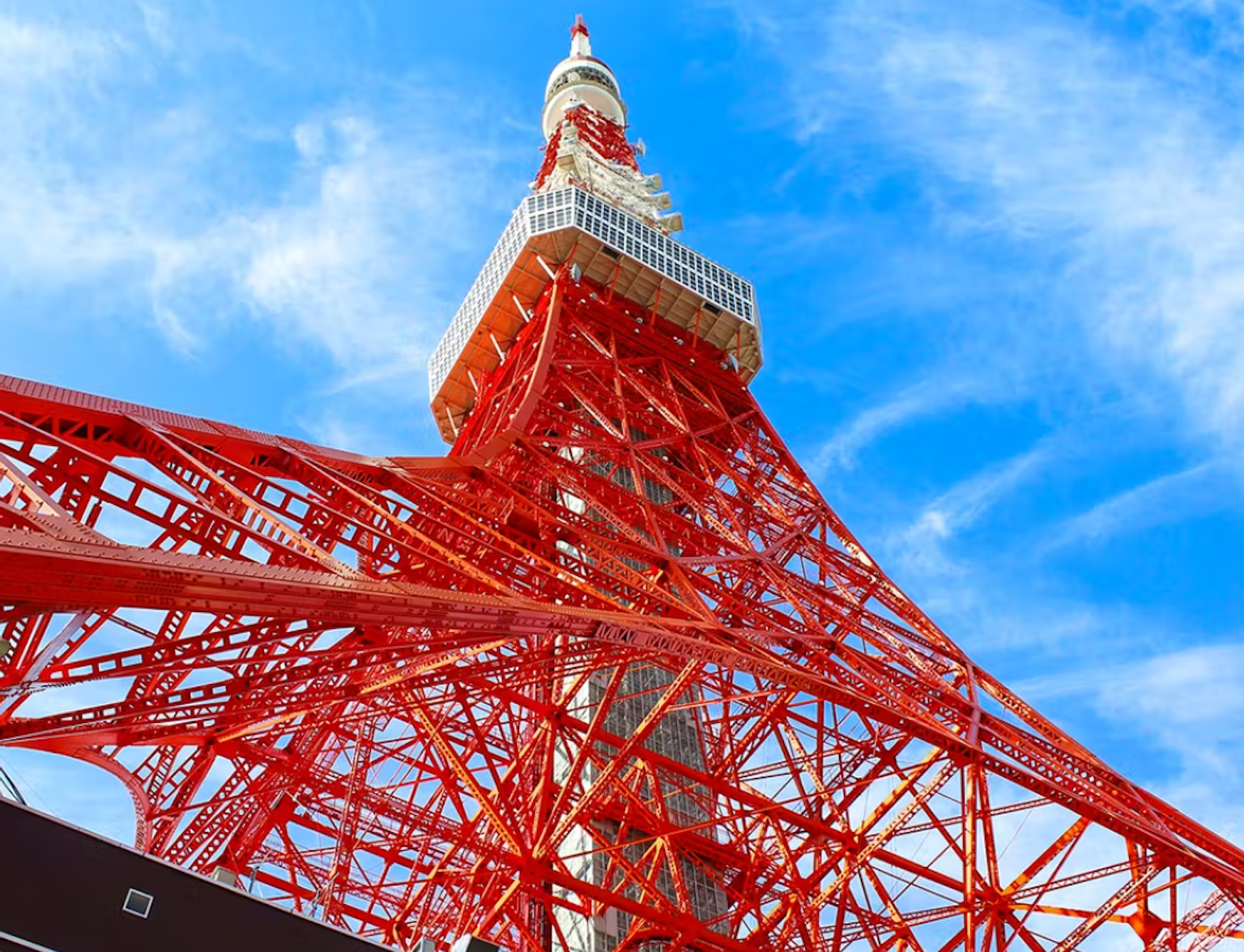
Dive into Tokyo's wonders with a combo ticket to Tokyo Tower and an all-day subway pass.
10. Iidabashi Oedo Line Station
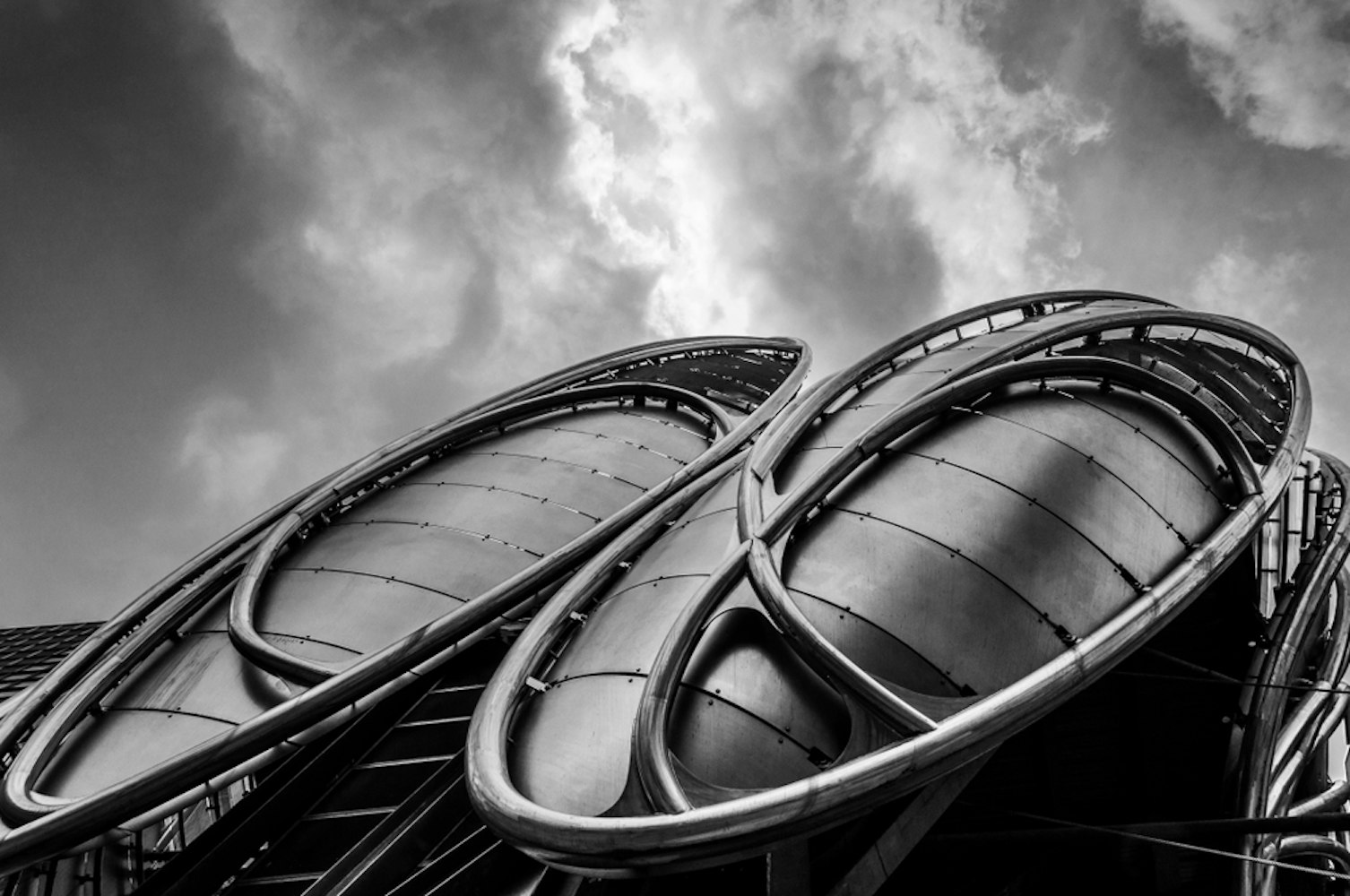
Location: Chiyoda, Tokyo
Built: 2000
Iidabashi Oedo Line Station, located in Chiyoda, Tokyo, was built in 2000 and is a striking example of the city's blend of utility and aesthetic appeal. Designed by architect Makoto Sei Watanabe, the station features a futuristic style that fits well within Tokyo's urban landscape.
Its architecture utilizes innovative designs to streamline passenger flow while creating a visually pleasing environment. The station is not just a transit hub but a piece of art, making it a noteworthy stop for anyone interested in contemporary architecture in Tokyo.
11. Tokyo Skytree
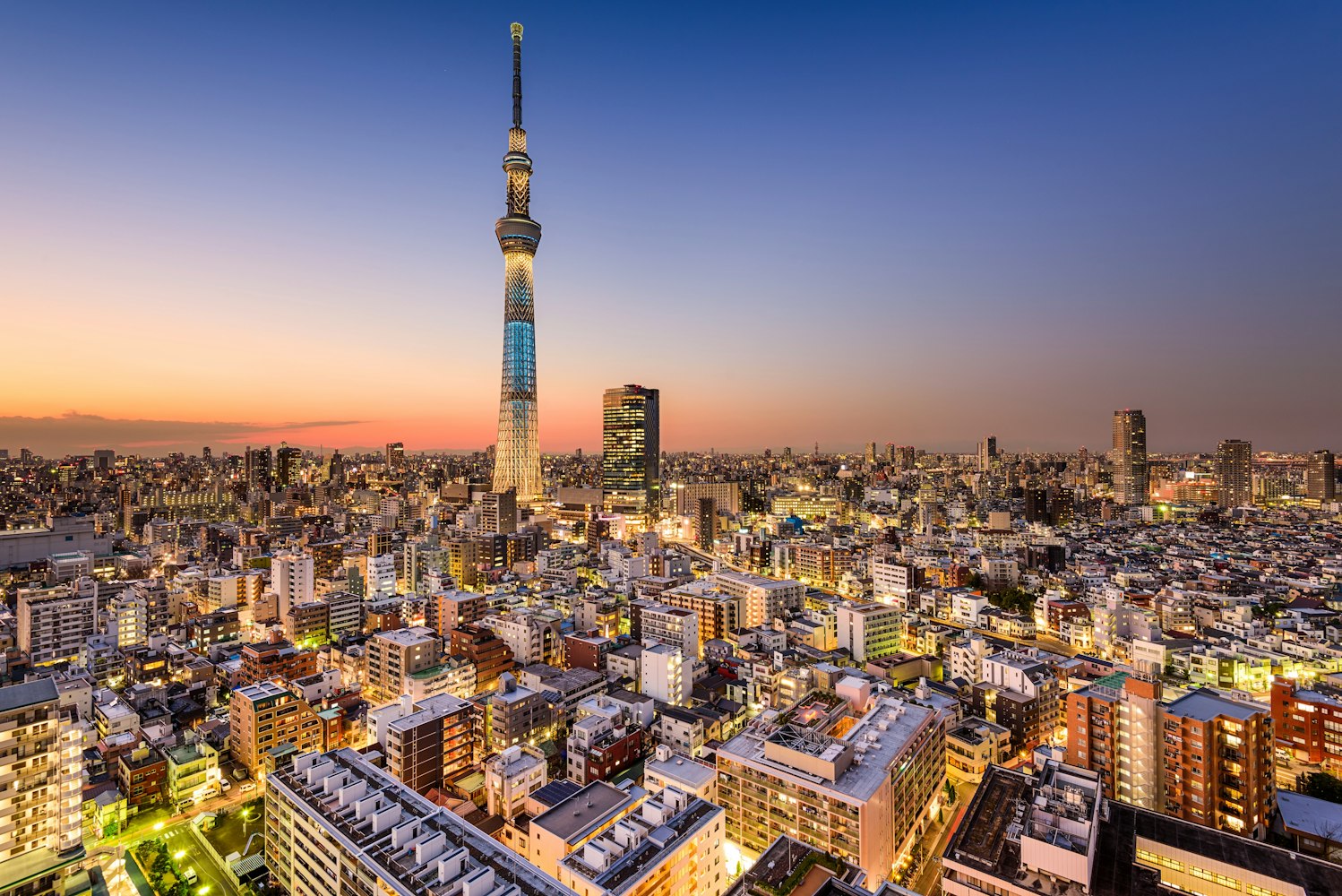
Location: Sumida
Built: 2012
The Tokyo Skytree, located in Sumida, is an iconic broadcasting and observation tower that dominates Tokyo's skyline. Completed in 2012, it's Japan's tallest structure, standing at 634 meters.
Designed by architect Tadao Ando and the firm Nikken Sekkei, the Skytree offers breathtaking panoramic views of the city and Tokyo Bay. Known for its innovative design, the tower serves not only as a broadcasting hub but also as a popular tourist attraction, housing restaurants and shops.
The Tokyo Skytree is a testament to the city's blend of technology and aesthetics, making it a must-visit landmark.
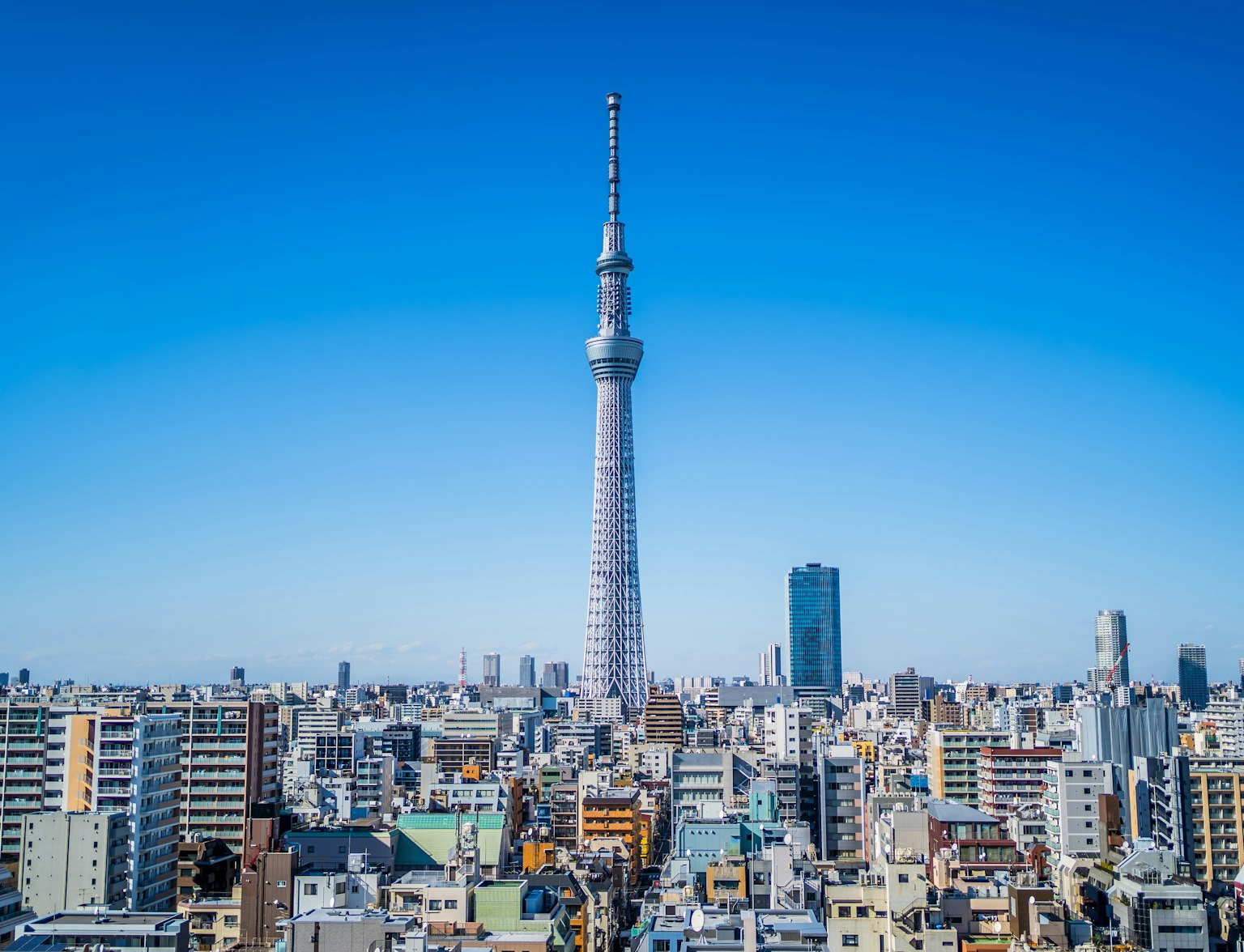
Experience Tokyo from its highest vantage point!
12. Sumida Hokusai Museum
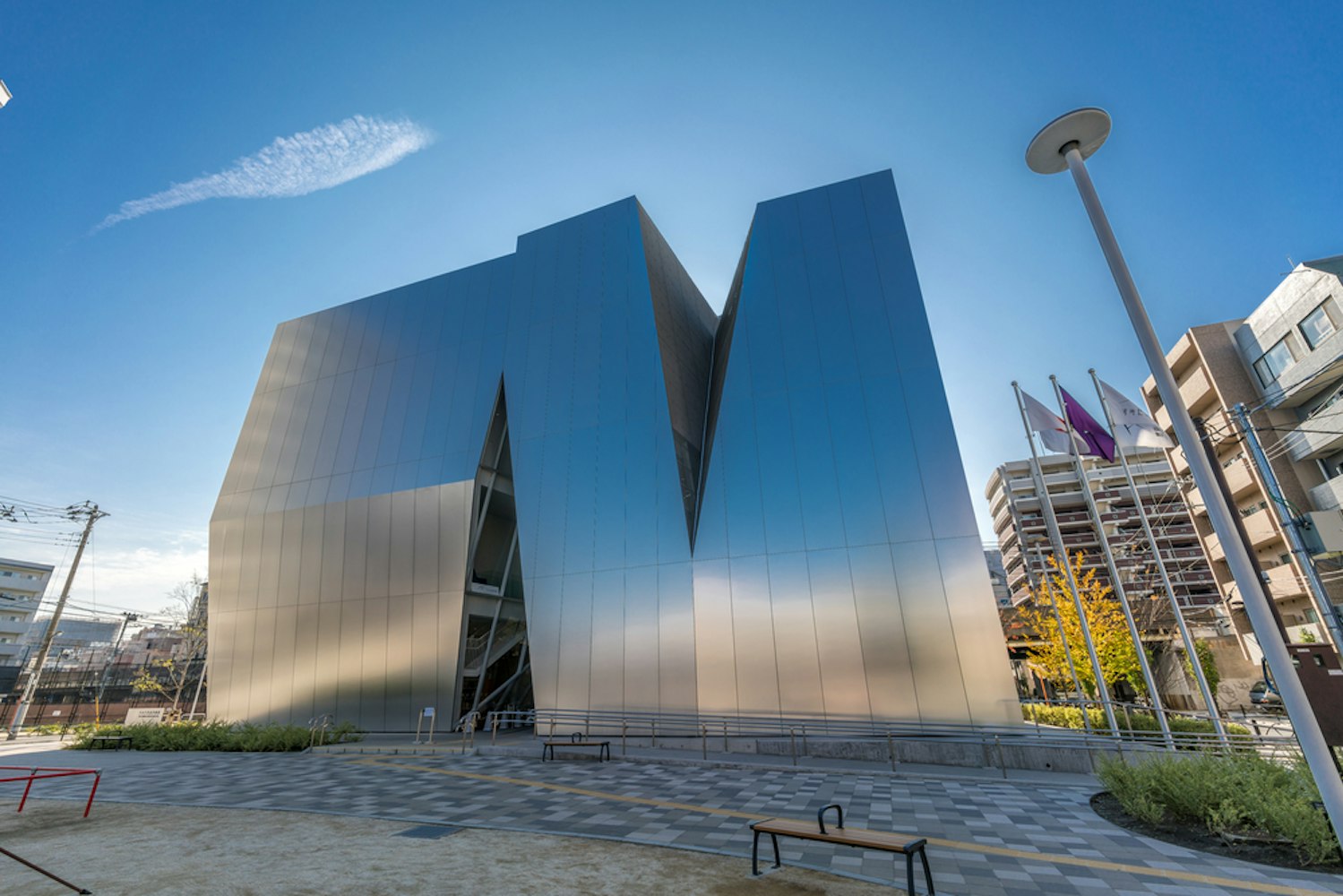
Location: Sumida
Built: 2016
The Sumida Hokusai Museum, located in Tokyo's Sumida Ward, is dedicated to the iconic Japanese artist Katsushika Hokusai. Designed by acclaimed architect Kazuyo Sejima, the building itself is a marvel of modern architecture.
With its sleek, angular design, the museum offers an avant-garde contrast to Hokusai's traditional artworks. Built in 2016, the museum showcases the artist's vast range of work, effectively using space and light to enhance the viewing experience.
Whether you're an art lover or an architecture enthusiast, this museum is a compelling intersection of Tokyo's artistic and architectural worlds.
13. St. Mary's Cathedral

Location: Bunkyo
Built: 1964
St. Mary's Cathedral is located in Bunkyo, Tokyo, and was built in 1964. Designed by leading architect Kenzo Tange, this Catholic cathedral is a masterpiece of modern architecture.
The structure is characterized by its stainless steel exterior, which forms a series of soaring peaks, symbolizing hands in prayer. The interior spaces are equally compelling, featuring intricate details that allow natural light to filter in, enhancing the spiritual ambiance.
This iconic building serves not just as a place of worship but also as a testament to Tokyo's rich tapestry of architectural styles.
14. Sensoji Temple
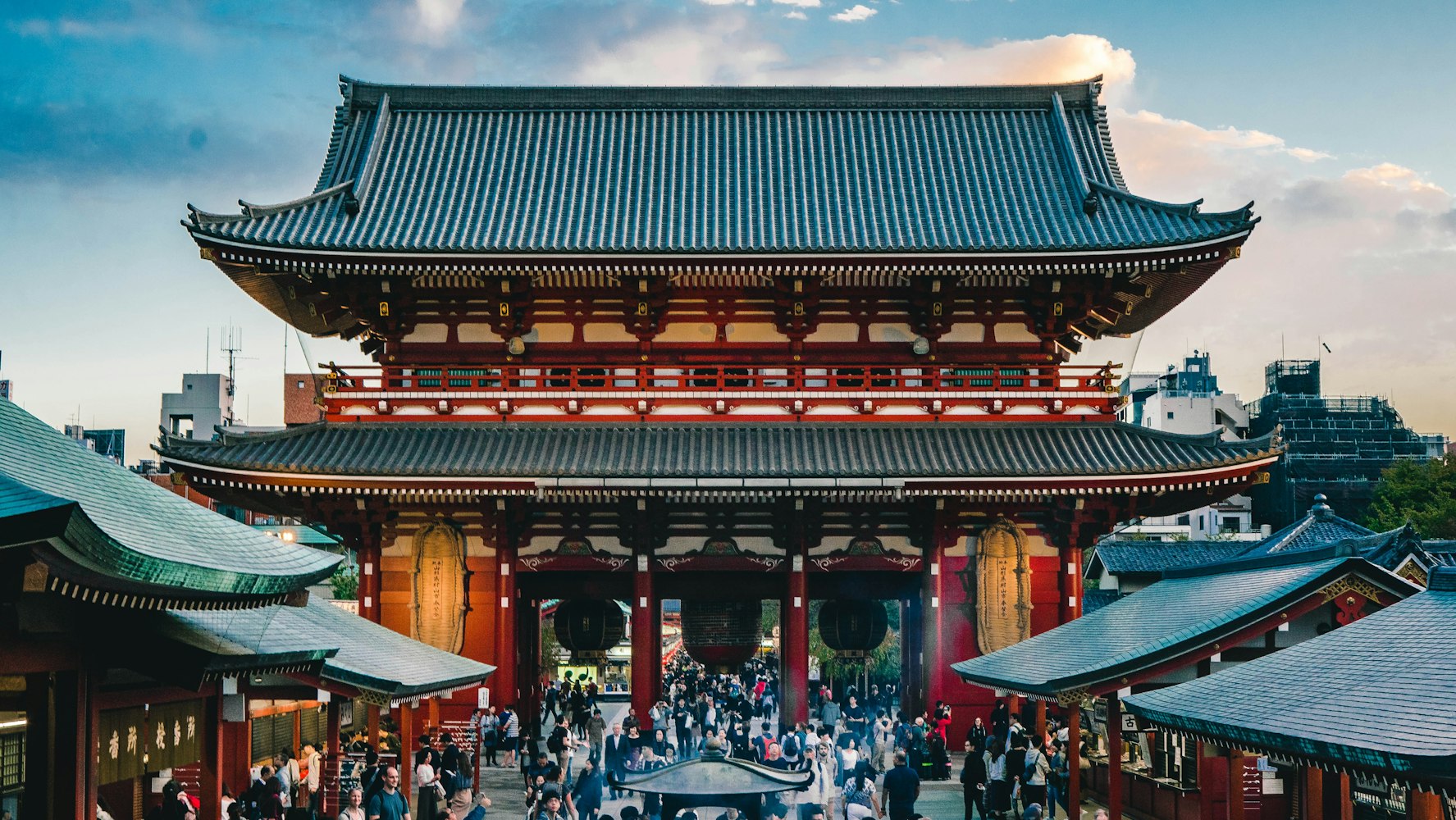
Location: Asakusa, Taito
Built: Originally in 628, multiple reconstructions
Sensoji Temple, located in Asakusa, Taito, is Tokyo's oldest temple, initially constructed in 628. A prime example of traditional Japanese architecture, the temple is a cornerstone for cultural events and a significant attraction for tourists and locals.
Featuring an iconic Thunder Gate and a shopping street leading to the main hall, the temple encapsulates the rich history and spirituality of Japan. It has undergone multiple reconstructions, the most significant of which occurred after World War II, but it retains its historical essence.
A visit to Sensoji offers a profound experience of Tokyo's ancient heritage.
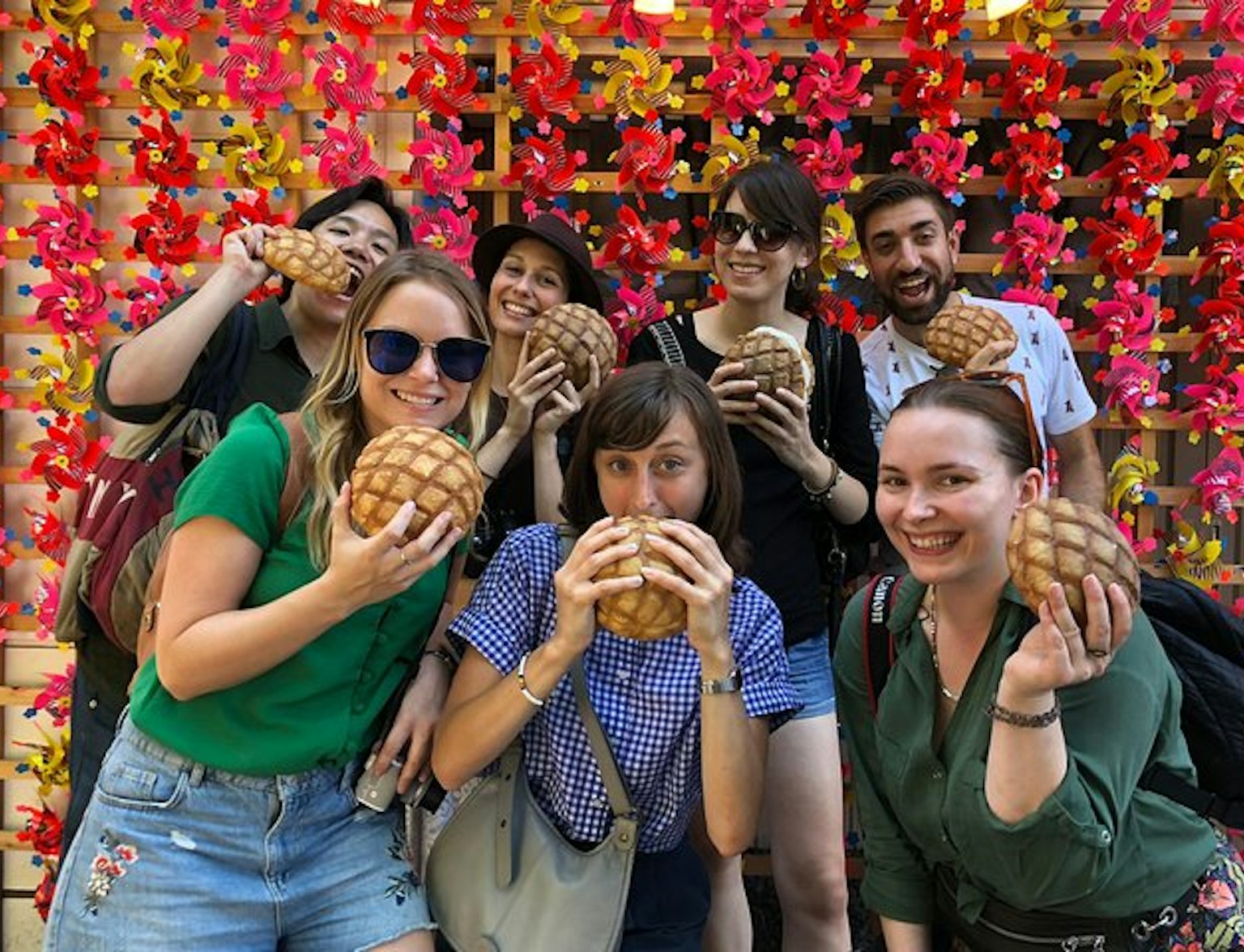
Step into the vibrant heart of Asakusa on an adventure like no other!
15. Yasukuni Shrine
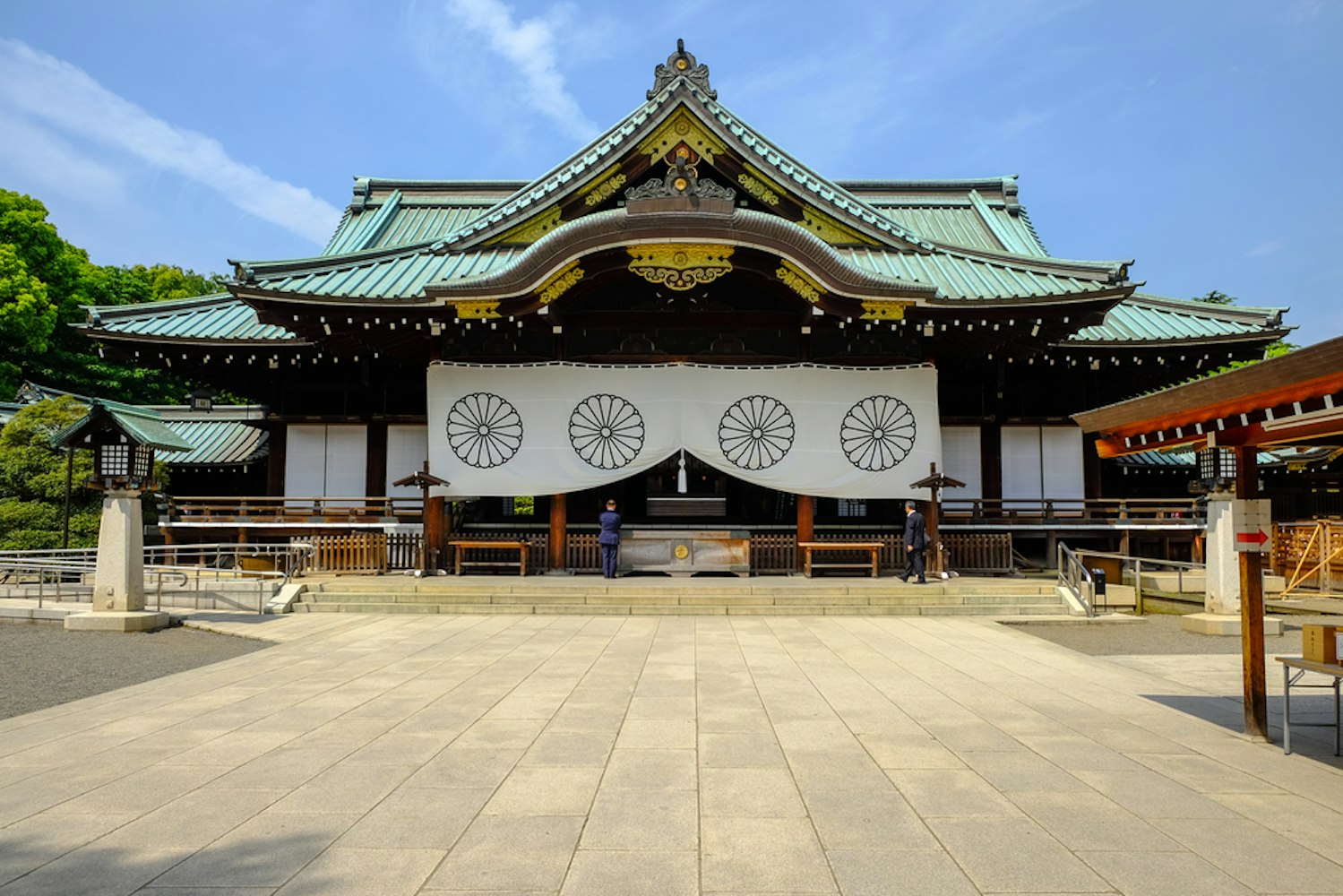
Location: Chiyoda
Built: 1869
Yasukuni Shrine, located in Chiyoda, Tokyo, was established in 1869 to honor Japan's war dead. The shrine's traditional architecture embodies a poignant historical narrative, particularly related to World War events.
It serves not just as a religious site but also as a memorial that stirs nationalistic sentiments. The complex includes a museum and a beautiful cherry blossom garden.
Yasukuni Shrine is an essential visit for understanding the complex tapestry of Japanese history and tradition. Yet, it remains a contention due to its association with Japan's militaristic past.
16. Sengakuji Temple

Location: Minato, Tokyo
Built: Originally in 1612, rebuilt several times
Sengakuji Temple is renowned as the burial site of the 47 Ronin, a group of samurai who avenged their master's death in a story that resonates throughout Japanese history. Located in Minato, the temple is a peaceful sanctuary amidst Tokyo's modern architecture.
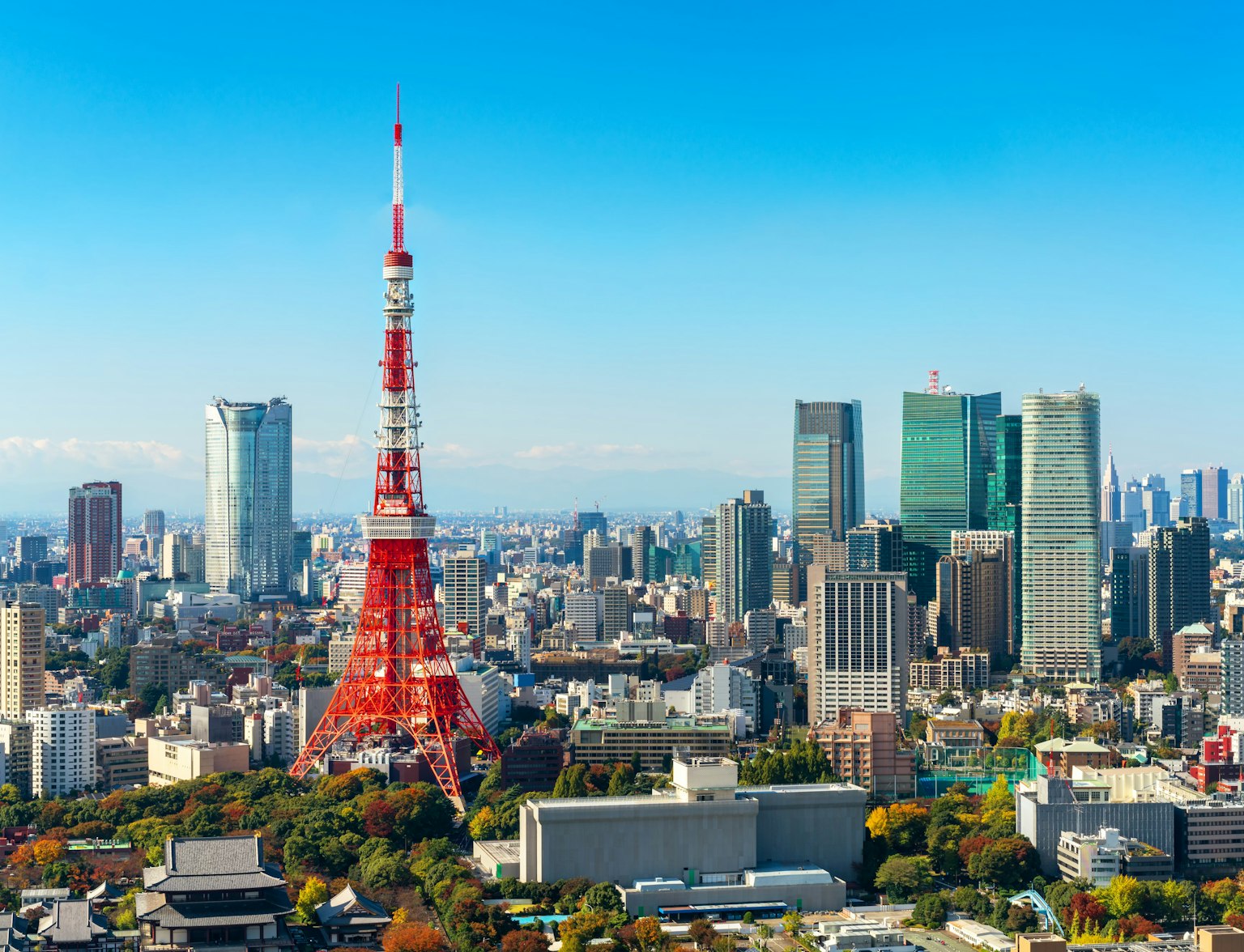
Include Sengakuji Temple on your custom Tokyo itinerary.
It serves as a symbol of honor, loyalty, and tradition, attracting thousands of visitors annually, especially during the December festival commemorating the 47 Ronin. The architecture is traditional, with wooden structures and tranquil gardens, offering a stark contrast to the surrounding contemporary architecture of the city.
Tokyo's Architectural Wonders: A Journey from Tradition to Modernity
Tokyo's architecture is an awe-inspiring blend of tradition and modernity, from Sensoji Temple's historic grace to the innovative designs of the National Art Center. Whether you're an architecture enthusiast or just exploring the city, Tokyo provides an enriching journey through its diverse buildings.
Amidst this bustling metropolis, each structure tells a story, capturing the spirit of Tokyo in its walls and spaces. Take the chance to explore these architectural marvels on your next trip to the Far East's most mesmerizing city.
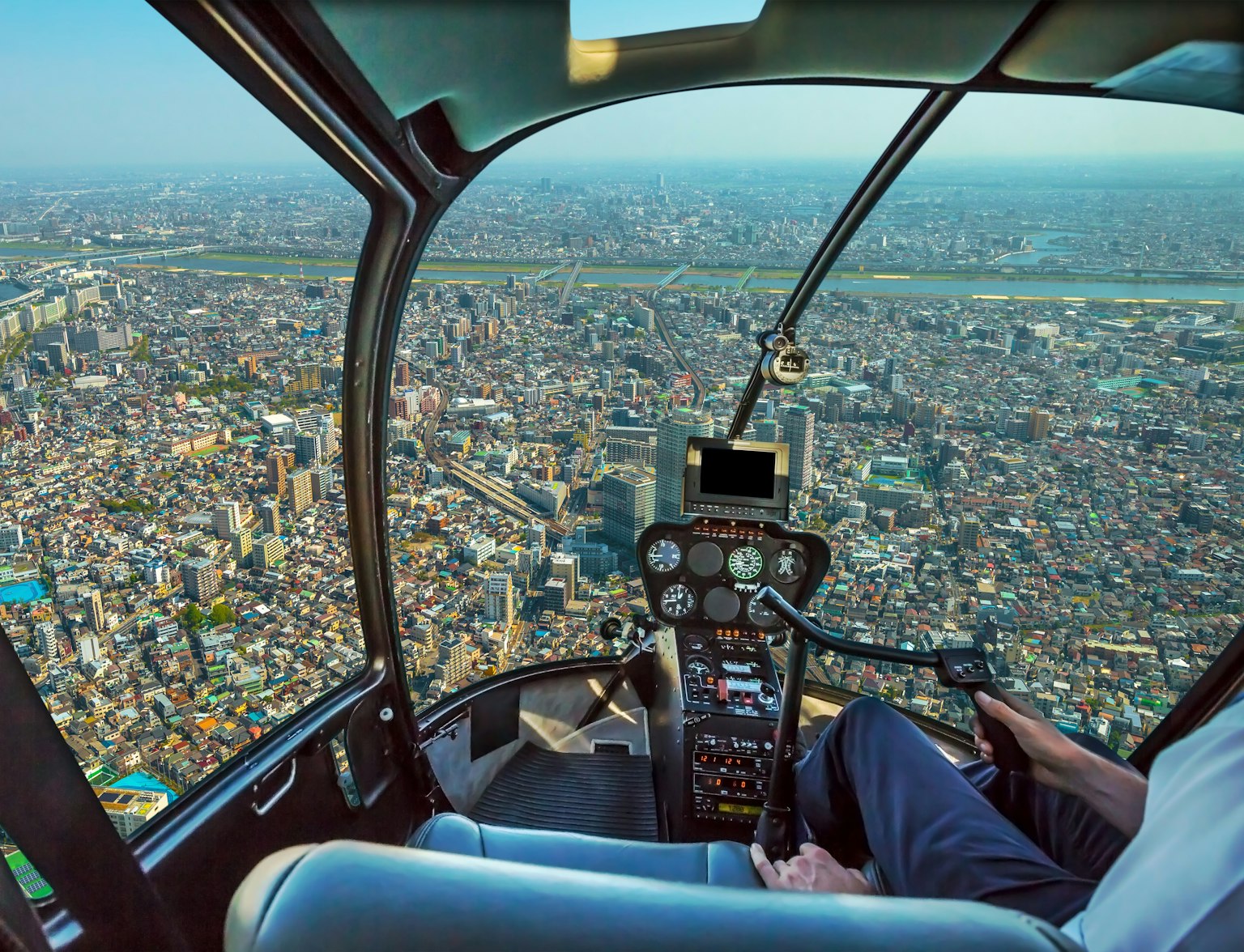
Experience Tokyo like never before on a private helicopter tour.



